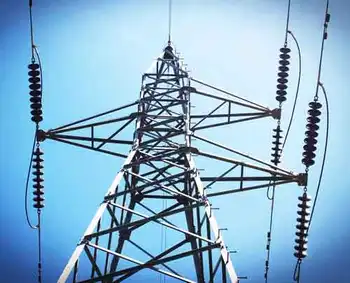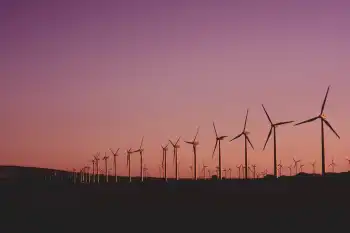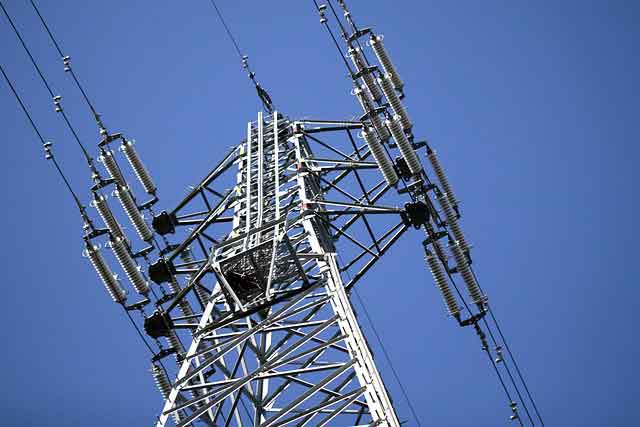Seminole to turn rotting garbage into electricity for 9,000 homes
SANFORD, FLORIDA - Seminole County soon will join a growing number of communities that are converting landfill gases into electricity.
This spring, six industrial generators will begin converting methane gas created by rotting garbage into electricity at the county's landfill. County officials are finalizing a contract with Landfill Energy Systems of Wixom, Mich., to operate the energy plant for up to 20 years.
The company will pay the county about $600,000 a year and sell the energy to electric utilities, said David Gregory, county landfill manager.
Federal environmental rules require all landfills to collect and burn gases created by rotting garbage. The county has 80 wells at the dump near Geneva and burns the gas in two "flares" that operate continually, Gregory said.
Landfill Energy Systems will be required to follow all Environmental Protection Agency rules, including diverting gas back to the flare system should the generators shut down for any reason, he said.
"One of the points in the contract is that they have exactly one day to fix any compliance issue," Gregory said.
Any fines for EPA violations would be paid by the company, he said.
Seminole County's landfills will join about 380 others nationwide - including 11 in Florida - that convert methane gas to electricity.
Orange County has pumped its landfill methane directly to the Orlando Utilities Commission Curtis H. Stanton Energy Center since 1998.
Volusia County's Tomoka Farms Road Landfill began generating electricity that same year.
Orange County receives $400,000 annually from DTE Biomass while Volusia County earns about $30,000 a year from two companies.
Last year, Volusia County paid $30,750 to the Florida Department of Environmental Protection for violations at its gas-to-energy plant.
Neo Tomoka Farms LLC and MM Tomoka Farms LLC, which run the plant, reimbursed the county.
Though Seminole County's contract with Landfill Energy Systems is for 20 years, the landfill is expected to remain active for 50 years more, Gregory said.
The landfill, which opened in 1970, generates about 930 million cubic feet of gas annually, or enough to provide electricity to 9,000 homes.
Orange County's landfill provides enough gas to power 13,000 homes while Volusia's landfill lights nearly 4,000 homes.
Nationwide, gas-to-energy operations generate 9 billion kilowatt hours of energy annually, according to the EPA.
Related News

Scientists generate 'electricity from thin air.' Humidity could be a boundless source of energy.
WASHINGTON - Sure, we all complain about the humidity on a sweltering summer day. But it turns out that same humidity could be a source of clean, pollution-free energy, a new study shows.
"Air humidity is a vast, sustainable reservoir of energy that, unlike solar and wind, is continuously available," said the study, which was published recently in the journal Advanced Materials.
“This is very exciting,” said Xiaomeng Liu, a graduate student at the University of Massachusetts-Amherst, and the paper’s lead author. “We are opening up a wide door for harvesting clean electricity from thin air.”
In fact, researchers say, nearly any material…




